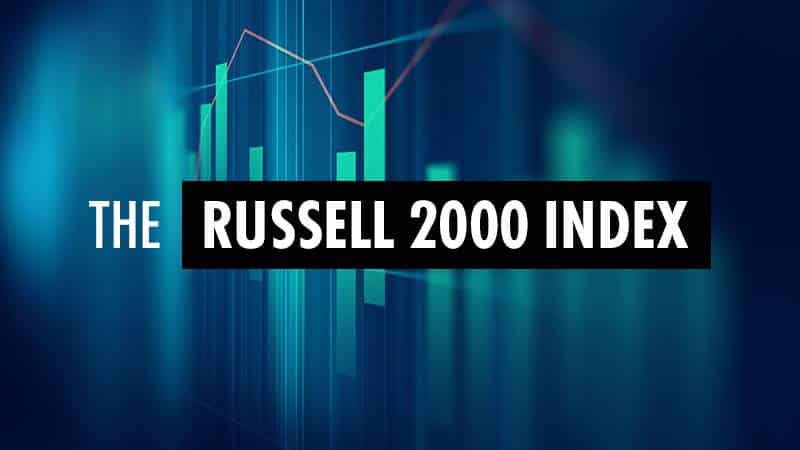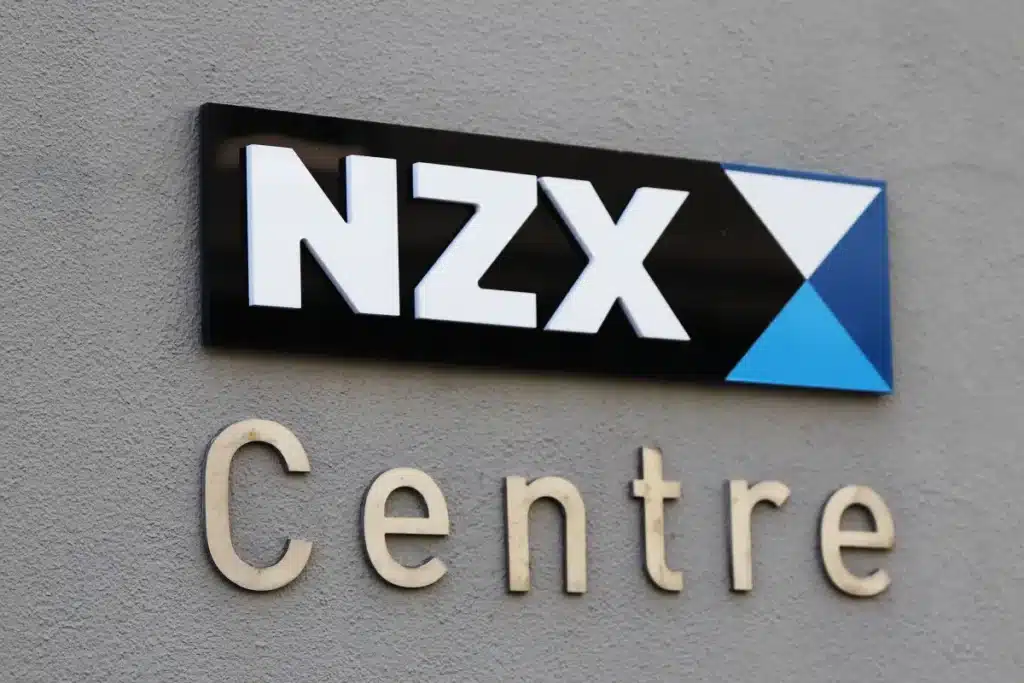Futures Wobble as China Retaliates Against U.S. Tariffs – What’s Moving Markets
As of February 4, 2025, global financial markets are experiencing a notable shift in sentiment, largely due to escalating trade tensions between the U.S. and China. The newest development in this ongoing saga sees futures wobbling as China retaliates against the United States with a fresh round of tariffs.
The issue at hand stems from a series of tit-for-tat tariffs between the world’s two largest economies. This latest move by Beijing has cast a shadow over markets, with U.S. stock futures edging downward. Investors are now trying to navigate through the uncertain waters caused by these trade skirmishes, balancing the prospects of economic growth against the risks of a more protracted trade conflict.
Understanding U.S. Stock Futures
U.S. stock futures represent financial contracts that obligate the buyer to purchase, and the seller to sell, a product at a predetermined future date and price. They allow investors to speculate on the future direction of stock indices like the Dow Jones Industrial Average, the S&P 500, and the Nasdaq. When futures “wobble,” it indicates volatility, with investors uncertain about whether the markets will rise or fall in response to the latest news or data.
The current wobble suggests that investors are grappling with the ramifications of new tariffs imposed by China on American imports. This move is in response to previous U.S. tariffs, exacerbating fears of a prolonged economic standoff.
What’s at Stake?
The impact of these ongoing tariff exchanges stretches beyond just financial market volatility. Trade tariffs can affect the broader economy by increasing the cost of goods, disrupting supply chains, and ultimately influencing economic growth rates. In particular, industries heavily reliant on imports and exports may experience the brunt of these impacts, potentially leading to shifts in production, pricing strategies, and employment.
Furthermore, these developments occur against a backdrop of geopolitical tensions and economic uncertainty. For instance, the strain on tech companies, which rely on a complex web of global production and supply chains, could lead to significant market shifts.
Investor Reactions and Outlook
Amid this uncertainty, investors have responded by re-evaluating their portfolios. Some may choose to hold off on making new investments or consider diversifying into other markets deemed less volatile. Meanwhile, others may take this as an opportunity to buy on dips, with the view that markets will eventually stabilize once the trade tensions ease.
Looking ahead, much will depend on the ability of the U.S. and China to reach a resolution or at least signal a warming in trade relations. Financial experts will be closely monitoring upcoming trade negotiations and any related policy announcements. While immediate impacts are reflected in market futures, the longer-term economic implications will continue to unfold as this trade narrative develops.
For investors, staying informed and flexible in strategy is essential. It’s a time when careful analysis and calculated risk-taking might just be the key to navigating the uncertain waters of international trade and its ripple effects on markets.
Understanding Today’s Top Analysis in Stock Markets
Diving into today’s stock market analysis, we find several intriguing perspectives that may help you better understand the current financial landscape. It’s essential to note that analyzing these insights can aid in making more informed investment decisions, regardless of your level of expertise. Let’s break down the key highlights from today’s top analysis.
Assessing the Market’s Bullish Trend
The first analysis explores the current bullish trend in the stock market through five critical charts. This perspective suggests that despite market fluctuations, there’s an underlying positive sentiment that continues to drive market participants towards optimistic investments. Typically, a bullish trend indicates a sustained upward movement in stock prices, often fueled by strong economic indicators, positive corporate earnings, and favorable market conditions.
Understanding the factors contributing to this bullish momentum can be crucial for investors seeking opportunities in the current market. Consider examining these charts to comprehend the broader trends and identify potential avenues for growth in your portfolio.
GBP/USD and Its Global Implications
The analysis concerning the GBP/USD currency pair offers insights into the challenges still facing this currency duo. Despite recent movements by the Bank of England (BoE) to cut rates, this analysis highlights that more is required for the GBP to regain its previously bullish stance. It’s an important reminder of the multifaceted nature of currency trading and how global economic policies can influence currency strength.
Forex traders, particularly those who focus on major currency pairs like GBP/USD, may want to stay informed about geopolitical events, central bank policies, and other influencing factors to make well-timed trading decisions.
5 featured stocks in 2025
Apple’s Emergence as an AI-Services Leader
Shifting gears to the technological realm, today’s analysis emphasizes Apple’s strategic positioning as a leader in AI services. This analysis covers how Apple’s innovation in artificial intelligence is setting it apart from competitors and opening new revenue streams. Given the increasing relevance of AI in various industries, Apple’s advancements could significantly influence its market valuation in the years ahead.
Investors with a keen interest in technology stocks might want to consider how these advancements could drive potential returns and align with broader technological trends.
Sector Rotation: Utilities vs. Financials
Another fascinating aspect of today’s analysis is the notion of sector rotation, specifically the potential for utilities to gain as financials weaken. Sector rotation refers to shifting investments from one industrial sector to another in anticipation of an economic trend or cycle. This analysis offers insights into why certain sectors succeed while others lag due to economic shifts, changes in interest rates, or market sentiment.
If you’re focusing on a diversified portfolio, understanding these rotations could allow you to pivot effectively and capitalize on sectors expected to outperform in the current environment.
Energy Markets in Flux
Finally, the analysis addresses recent developments in the energy markets following tariff delays. The global energy landscape is susceptible to international policies and economic decisions, impacting everything from oil prices to renewable energy investments. For those with investments in energy stocks, keeping an eye on these dynamics can help manage risks associated with fluctuating global energy policies and market reactions.
Overall, the insights from today’s analysis can equip you with the foresight to navigate the ever-changing financial markets strategically. Staying updated with these analyses ensures that you remain informed and ready to adapt your investment strategy to current market conditions.
Today’s Top News
In today’s fast-paced financial world, staying informed is crucial, especially as major global events unfold. On February 4, 2025, significant developments have been impacting the stock market. Here’s a breakdown of the latest headlines and what they might mean for investors.
U.S. Stock Futures Dip Amid China Trade Tariffs
On this day, U.S. stock futures experienced a decline as tensions between the United States and China escalated over trade tariffs. This marks the latest chapter in a series of tit-for-tat tariffs between the two economic powerhouses. China’s decision to impose fresh tariffs on American imports follows previous U.S. tariffs that had been affecting several Chinese goods. Such economic friction can lead to uncertainty in the market, causing traders to brace for potential impacts on businesses reliant on international trade.
Alphabet Set to Release Financial Report
Another focal point for investors is Alphabet, the parent company of Google, which is expected to release its financial report soon. This is always a significant event for tech-enthusiast investors, as Alphabet’s performance often acts as a bellwether for the wider tech industry. The report will provide insights into the company’s revenue streams, expenditures, and overall growth strategy moving forward.
PepsiCo Exceeds Expectations in Q4 Earnings
In more optimistic news, PepsiCo announced that its fourth-quarter core earnings have surpassed Wall Street expectations. This strong performance is attributed to strategic market positioning and innovative product offerings, allowing the company to maintain a competitive edge despite volatile market conditions. For investors, PepsiCo represents a potentially stable investment amidst broader market turbulence.
Bitcoin Reaches New Highs
Cryptocurrency enthusiasts have reason to celebrate as Bitcoin prices surged to $99,000. This leap is partly credited to a delay in planned tariffs by President Trump, which introduced a degree of optimism among traders. Additionally, the result of dip buying, where savvy investors buy stocks when prices are temporarily down, contributed to Bitcoin’s price jump. As cryptocurrencies remain volatile, such price movements continue to intrigue and challenge both new and seasoned investors.
Palantir Shares Surge
In the tech sector, Palantir Technologies saw its shares rise significantly following the release of encouraging guidance and robust earnings reports. Known for its data analytics software, Palantir outlined optimistic growth projections, resonating well with shareholders and boosting market confidence.
Vodafone Faces Challenges in the German Market
Conversely, Vodafone shares experienced a decline, primarily due to struggles in the German market. The telecommunications giant has had to navigate slower-than-expected growth, impacting its bottom line. This serves as a reminder to investors of the diverse factors that can influence stock performance, ranging from regulatory changes to regional market dynamics.
Each of these stories contributes to the broader narrative of today’s financial landscape. As an investor, understanding these developments can help you make informed decisions that align with your financial goals. It’s essential to consider both the potential opportunities and risks presented by such dynamic market conditions. Stay engaged with these updates, as what happens on a day like today could set the tone for future market trends.








